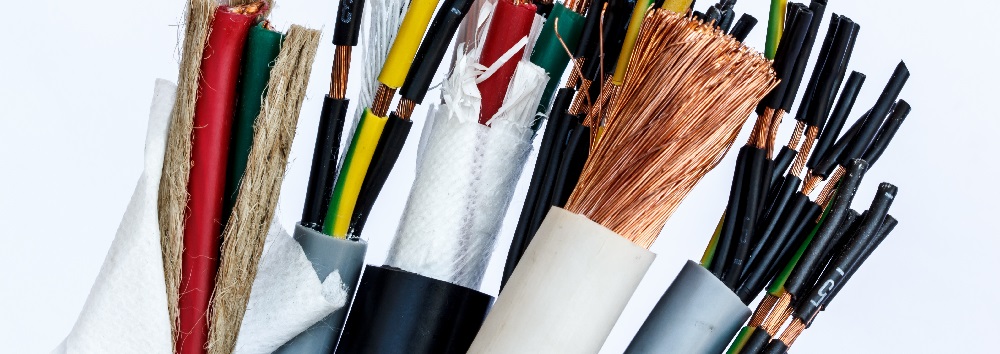
Last updated: May 2022
If you’re fitting multiple electric radiators, you should ideally give them their own circuit to avoid overloading the mains of your property further down the line. This might be obvious to some who already have electrical knowledge or experience, but if you’re new to this type of heating, you might be wondering what fitting is best or even why you can’t just plug them in every room. In this article, we’re going to look at the benefits of going for a dedicated circuit, whether or not you can wire heaters into the ring main and why sometimes a plug-in fitting isn’t the best option.
Why can’t I plug in electric radiators all through my house?
When you need a quick turnaround getting your heating system ready, it’s very tempting to whisk through the house, plugging your radiators into the nearest sockets. Try to avoid this temptation though – while a plug-in fitting is very convenient in the short term, it does have its drawbacks if you’re installing electric radiators en masse.
Depending on their wattage, you could overload the ring main of your property by using so many sockets at once, leaving you to brave the chill if it happens during a cold snap. You may be able to get away with having a house full of plug-in heaters in summer when they won’t be drawing much power, but when they’re all working hard to keep your house warm in winter, the last thing you want is to trip the electrics and be left without any heating.
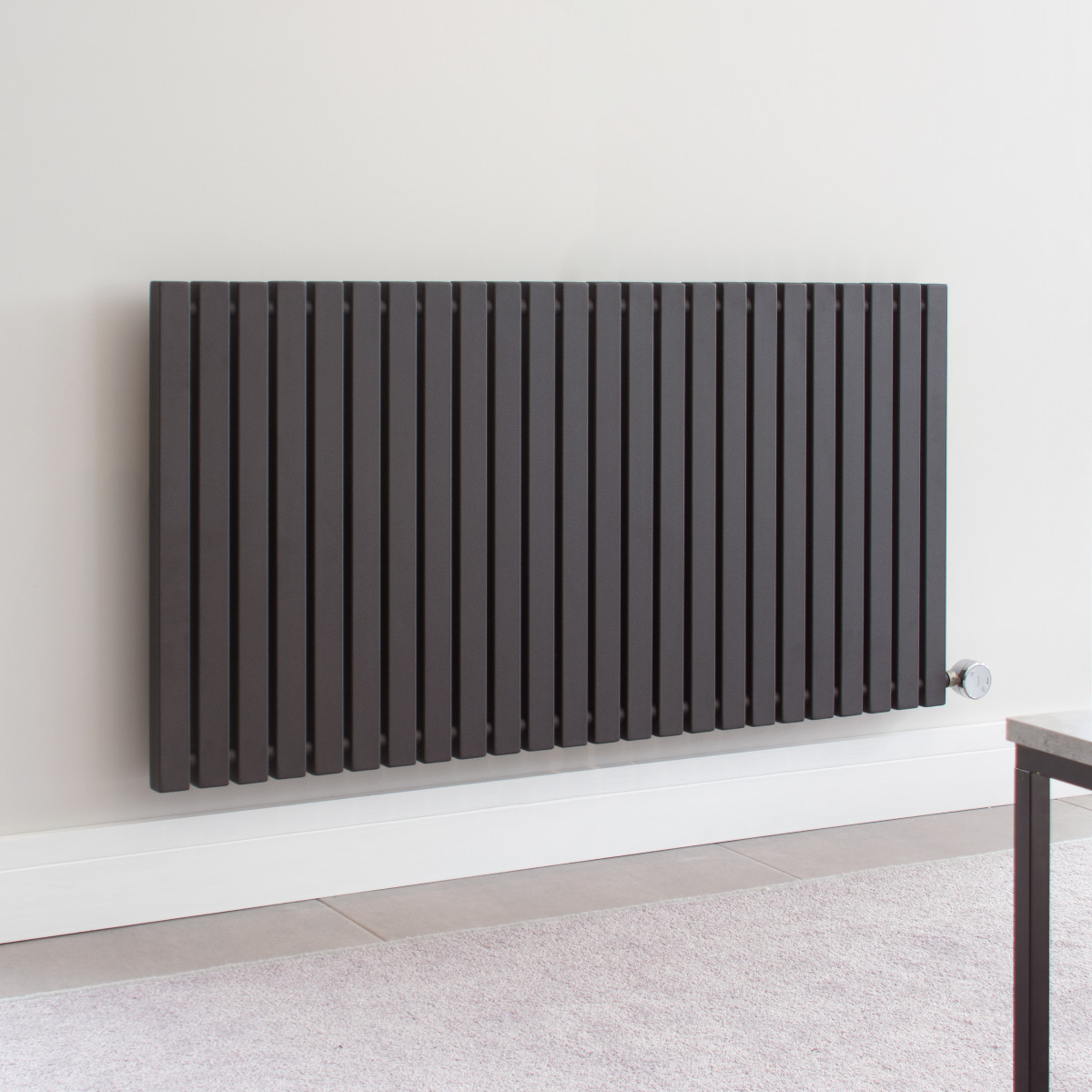 What are the benefits of a hardwired finish?
What are the benefits of a hardwired finish?
We talk about this in a bit more detail in our ‘DIY vs hardwired’ wall mounting blog but there are some extra benefits with choosing a wired finish, such as…
- It looks neater and doesn’t leave any hanging cables.
- It frees up plug sockets for other appliances.
- Heaters look fully integrated into the room.
- The permanent fitting prevents heaters from being moved (e.g. in a rental property)
These reasons alone can make a hardwired fitting preferable but for a whole home refurbish, it’s definitely the only way to go.
Hardwiring installation options
So, what are your choices when it comes to hardwiring your electric radiators? You can either have them wired into the ring final circuit of your property (more commonly known as the ring main) or you can use a radial final circuit, which provides dedicated wiring for your heaters.
Before making a decision, there’s one thing you need to keep in mind. Every home is different with wiring that has been adapted over the years by various electricians. There are sometimes no cut-and-dried answers with electricals, and for specific advice, it’s always a good idea to speak to a professional. With that said, let’s take a look at the options:
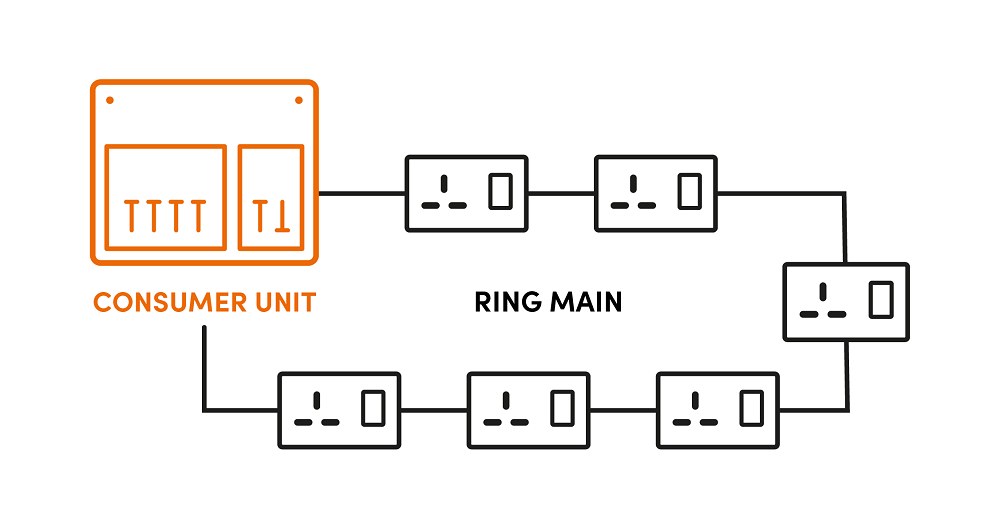 Wiring in to the ring main (ring final circuit)
Wiring in to the ring main (ring final circuit)
What is the ring main?
The ring main is a looped circuit that starts and ends at the consumer unit. It’s made of two cables that have currents moving in opposite directions and deliver power to all of the sockets in your property. Most homes have 3 ring circuits: one downstairs, one upstairs and then a separate ring for the kitchen to support all the high wattage appliances.
Pros and cons of using ring circuits
If you’re installing multiple electric radiators, your electrician could hardwire them into the ring main, which means no extra wiring needs to be laid. This might not always be the best option though. Given that the maximum load of a ring main is around 7200w, you’ve got to keep in mind that the circuit has to be able to support your heaters and any additional appliances you’ve got running.
To help you get a rough idea of how much load could be on your ring main, some electricians use a rule of thumb assuming 100w of power per cubic metre of space. If you have ample wiggle room for adding more appliances, installing on the ring main might be fine. However, if you’re installing a more sizable number of electric radiators, it might be worth considering a dedicated circuit.
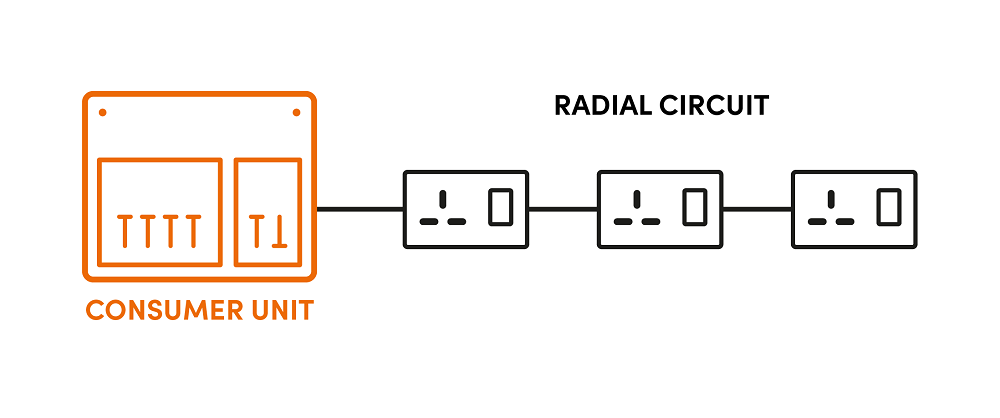 Wiring into a radial final circuit
Wiring into a radial final circuit
What is a radial circuit?
Unlike a ring final circuit that loops around your house, a radial circuit is a single length of cable that starts at the consumer unit and ends with the last socket on the line. These types of circuits aren’t as common in the UK as ring final circuits and will likely need to be laid from scratch.
Pros and cons of using radial circuits
Hardwiring your electric radiators to a radial circuit means that they’re not sharing the load with any other appliances. So, if you are using them as your main source of warmth, you don’t have to worry about them overloading the rest of your system. Similar to a ring main, you can also use multiple radial circuits for upstairs and downstairs so that if there is an issue with the wiring, you won’t instantly lose all of your heating.
However, you’ll need to see whether your consumer unit will be able to accommodate these extra radial circuits – if not, it may need replacing or upgrading, which is another job for your electrician.

What do the regulations suggest?
While you can hardwire electric radiators into the ring main via a fused spur, it’s often not the most suitable route if you’re looking to refit an entire property. In Appendix 15 of the IET wiring regulations BS 7671:2018, it advises against supplying comprehensive electric space heating from the ring main to ensure that the load doesn’t exceed the carrying capacity of the cable for any long durations. In short, to avoid overloading the ring main, go for dedicated radial final circuits. They will do exactly the same job but without any of the worry that you might trip the fuses – a hassle we could all do without.
Built for hardwiring: The Ecostrad Allora iQ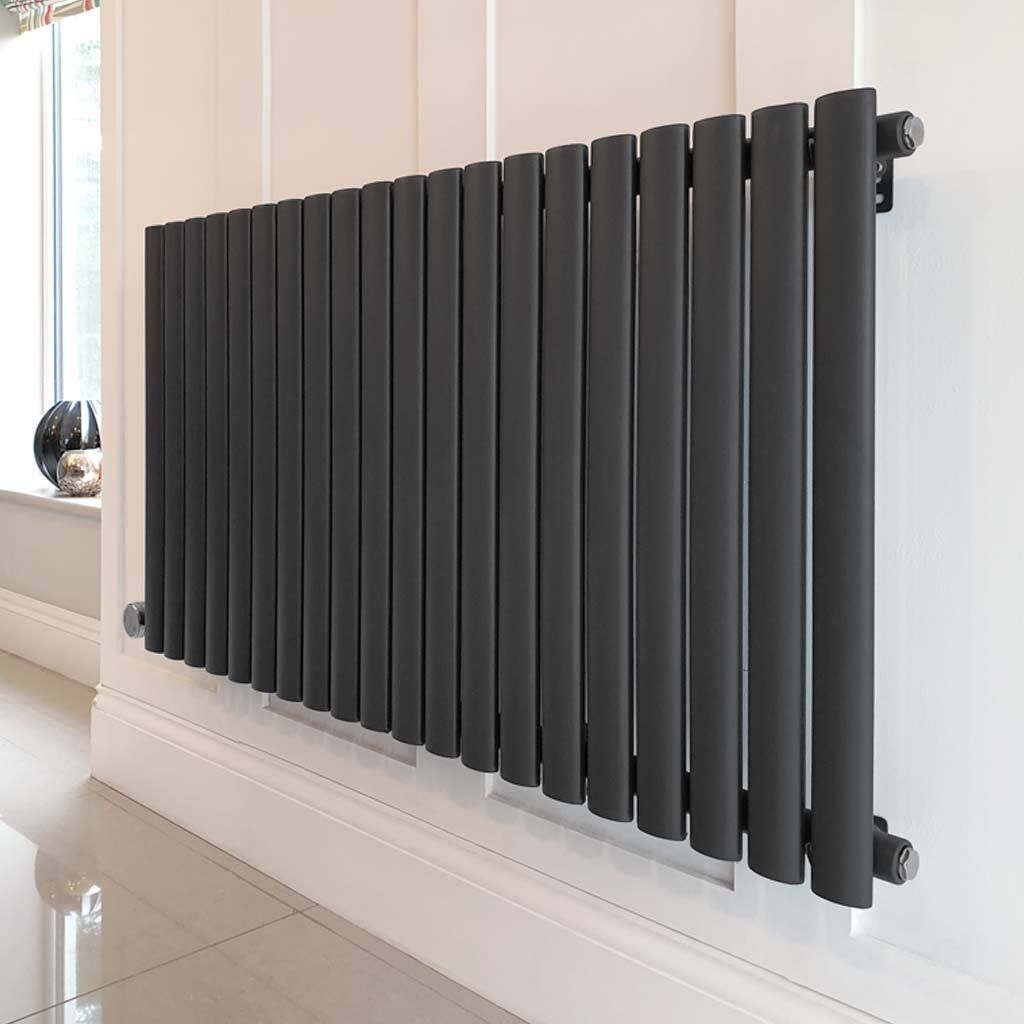
A designer electric radiator with a heavy dose of flair, the Ecostrad Allora iQ was created from scratch specifically for electric heating. Due to its advanced manufacturing, it requires hardwired installation, so if you’re planning on kitting your whole home with electric radiators, the Allora iQ may be the way to go. Coming in both vertical and horizontal models and white and anthracite finishes, the Allora iQ can even be installed in bathrooms for total whole home heating.
Controlled through a the Ecostrad WiFi Heating Element fitted at the base of the unit, the Allora iQ can be managed through the intuitive Ecostrad Ecosystem app, downloadable on a smart device. Adjust its temperature and set up a weekly schedule and all from the palm of your hand in just a few taps – even when you’re away from home! You can even access voice compatibility for control through your Amazon Alexa or Google Home smart speaker, for hands-free heating. Totally maintenance free, with a 10-year warranty as standard, the Ecostrad Allora iQ is destined to be a mainstay in your home for years to come.
Finding the right heater for the job
If you’re not sure how to go about wiring your heaters, your electrician should always be your first port of call. They can assess your system to see whether your ring main can support your heaters or tell you the best configuration for a set of radial circuits. Then all that’s left to do is to choose your new heating system. Give us a call on 0330 300 4444 to speak to our expert Sales team or browse our comprehensive range of energy-efficient electric radiators today.






